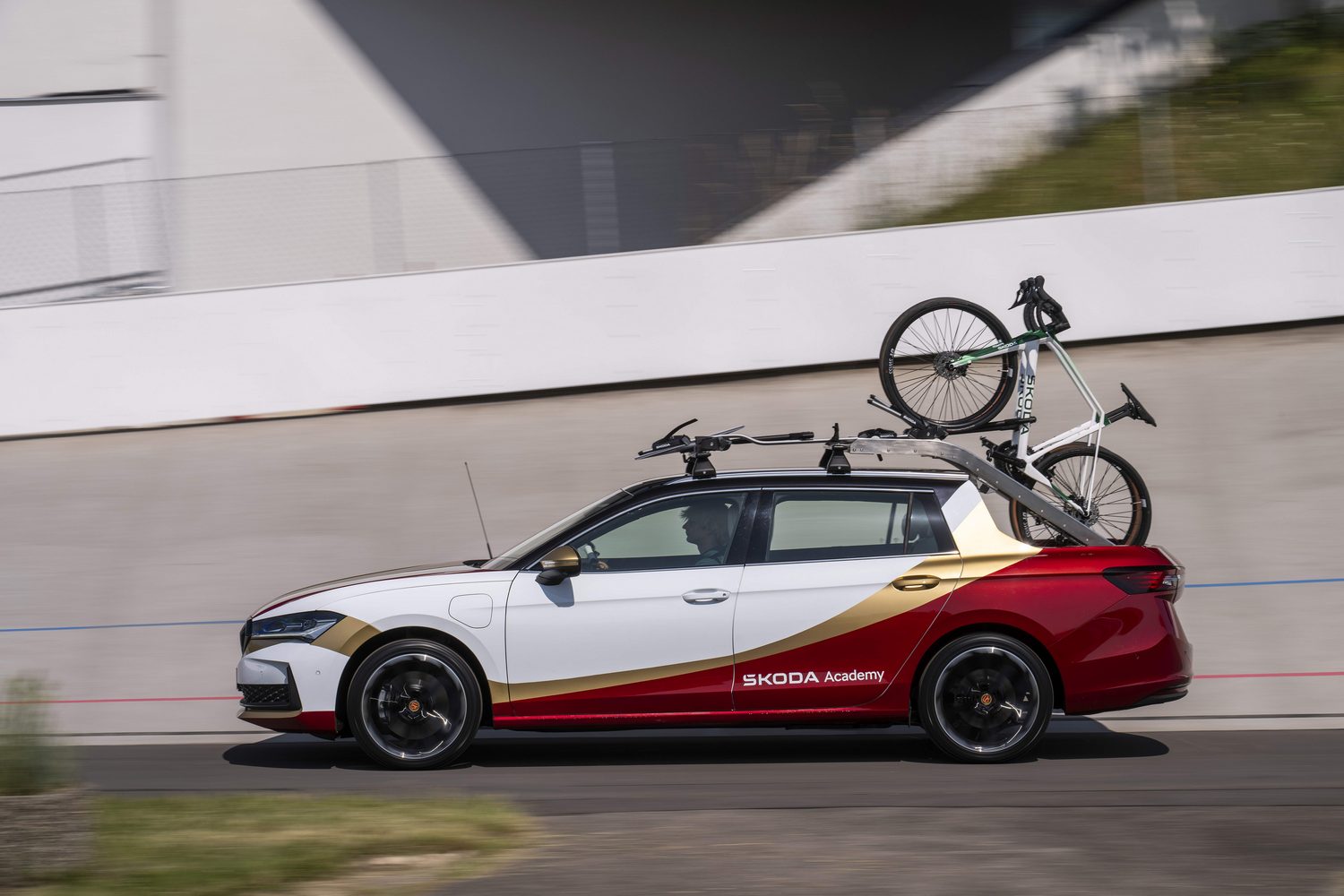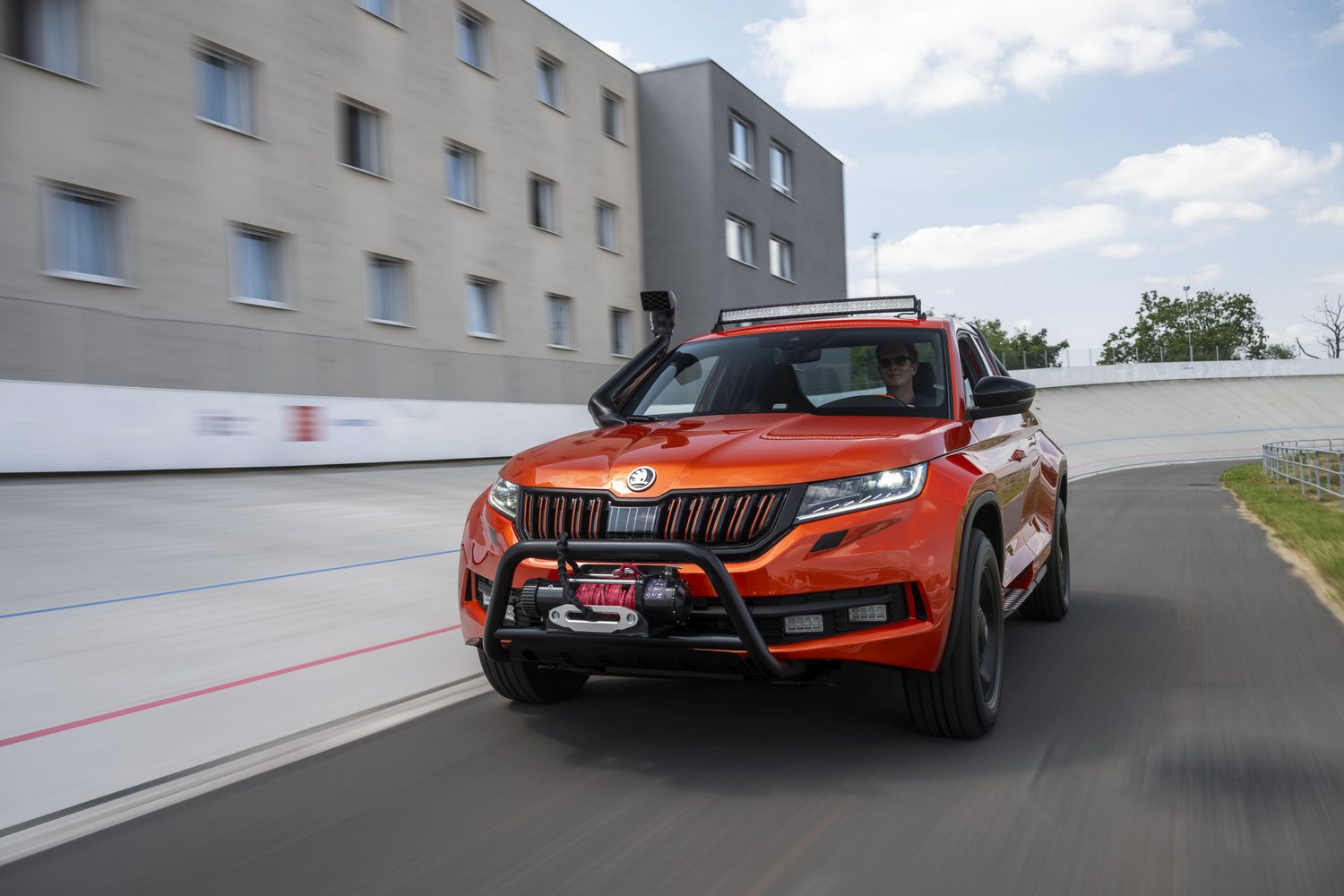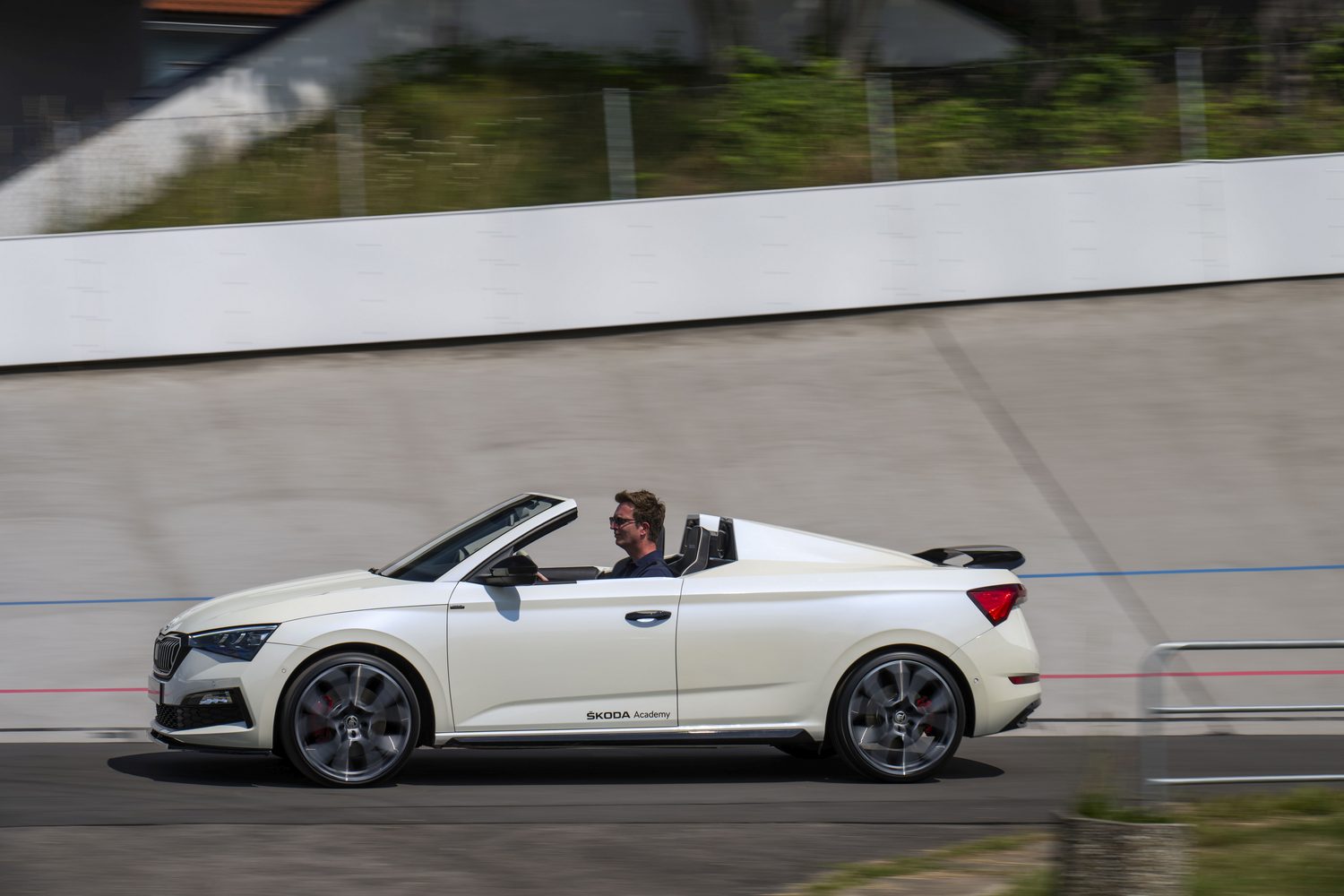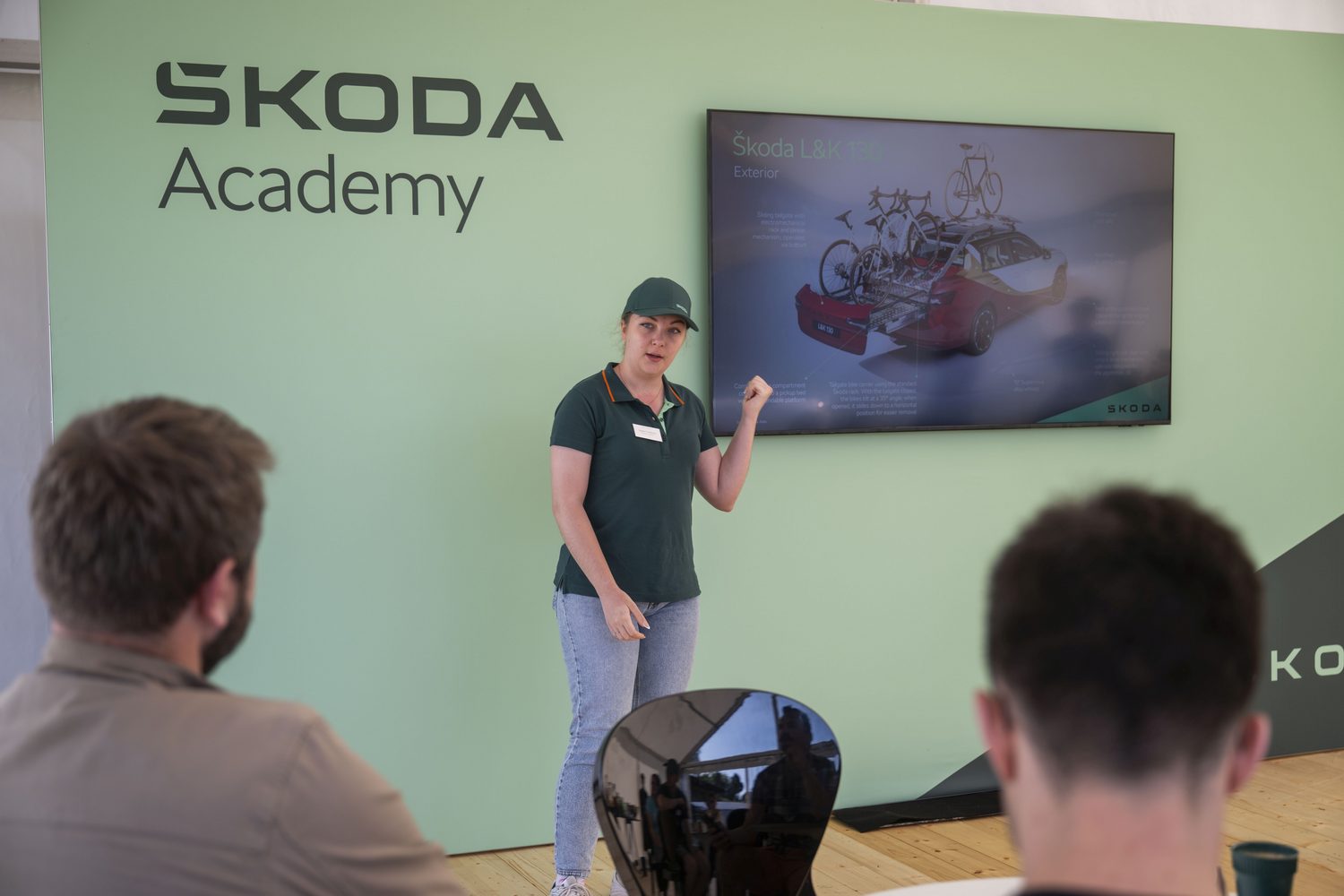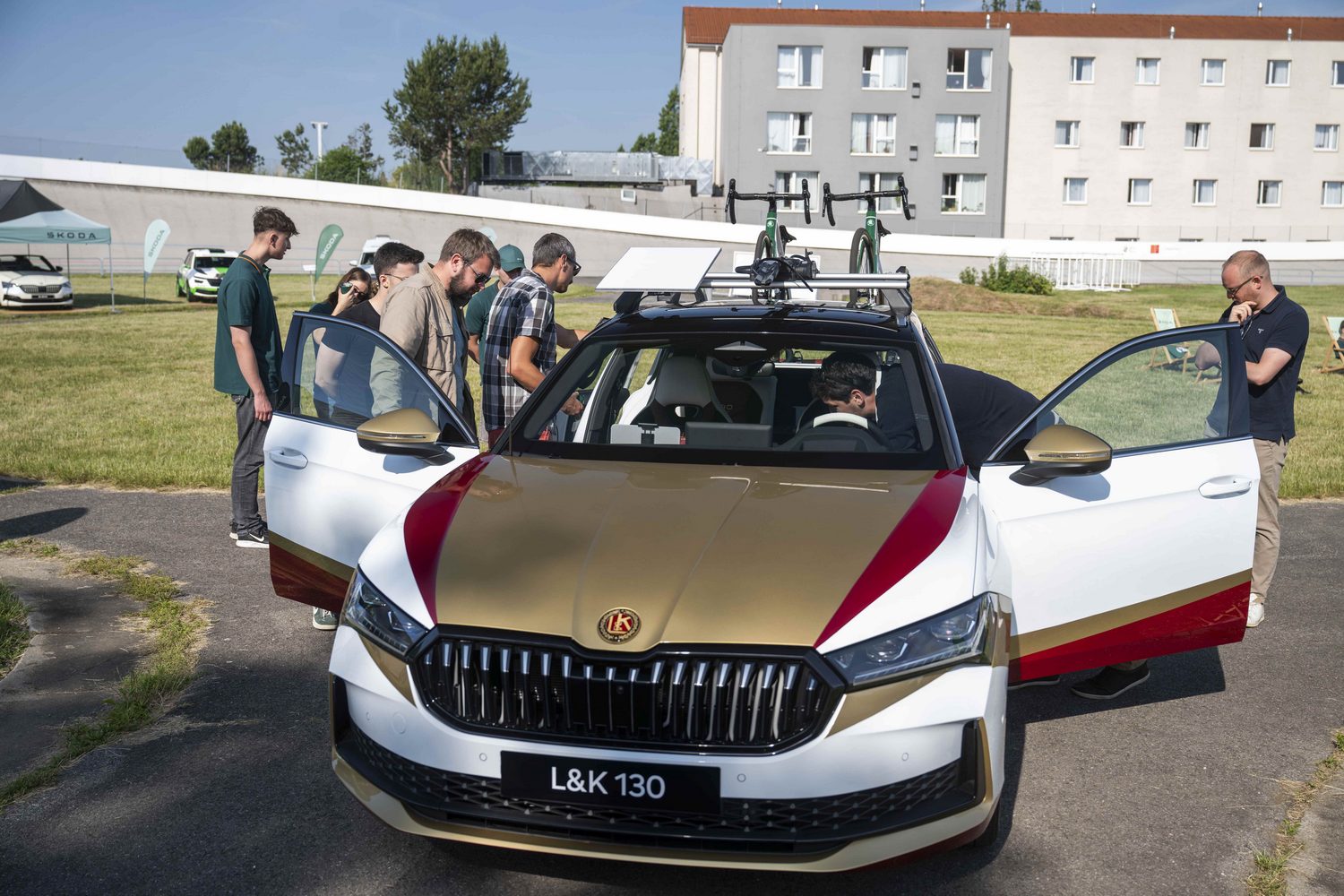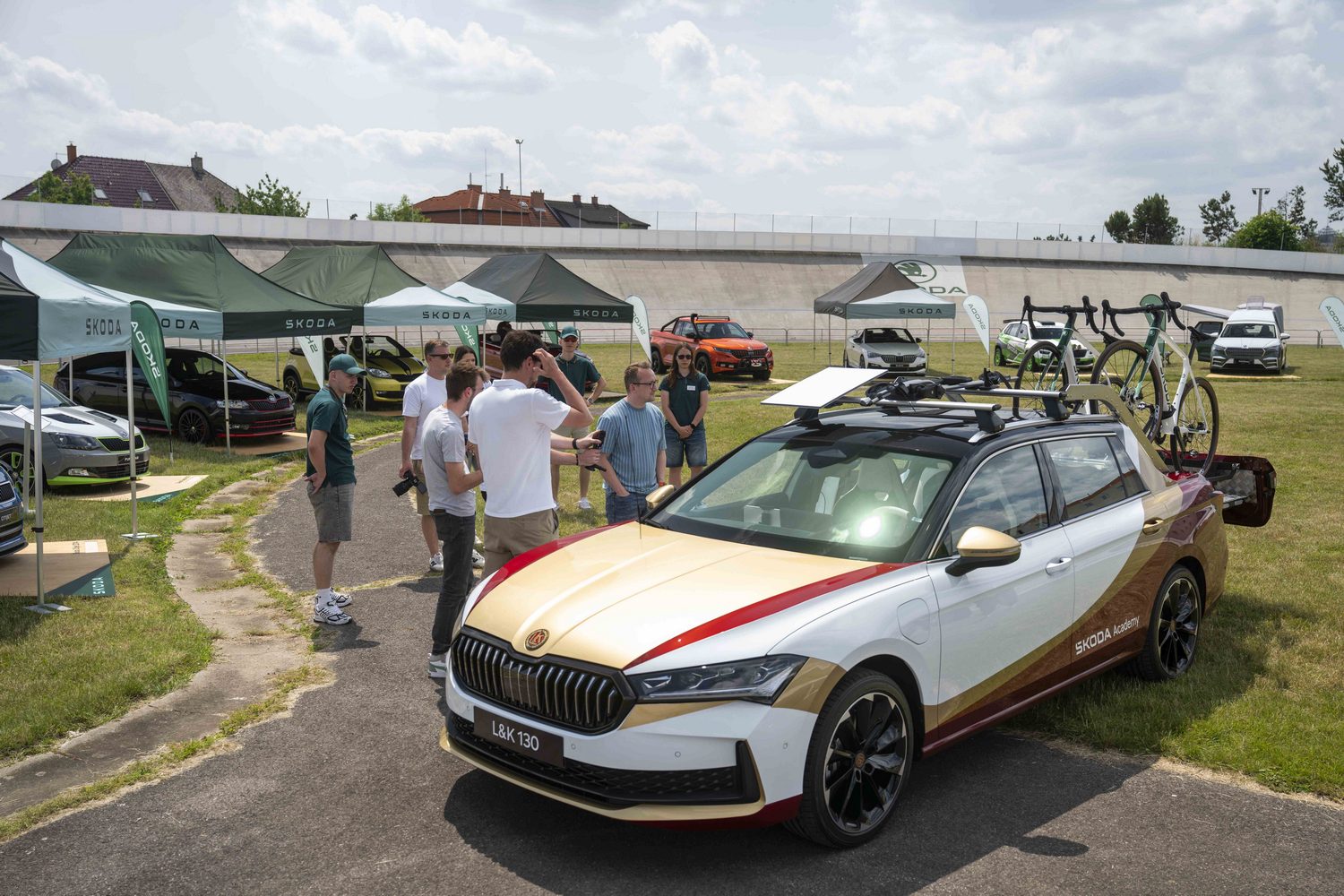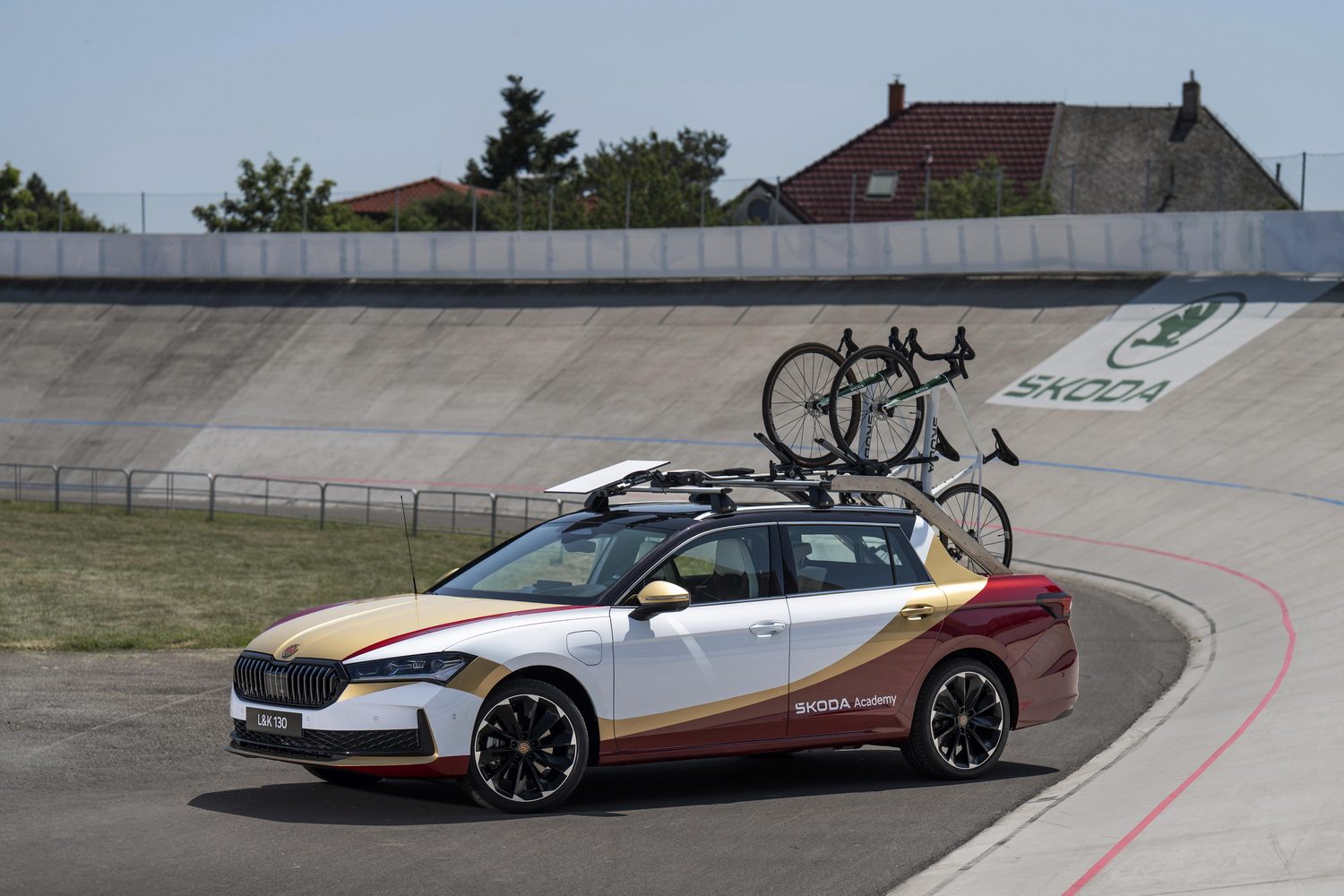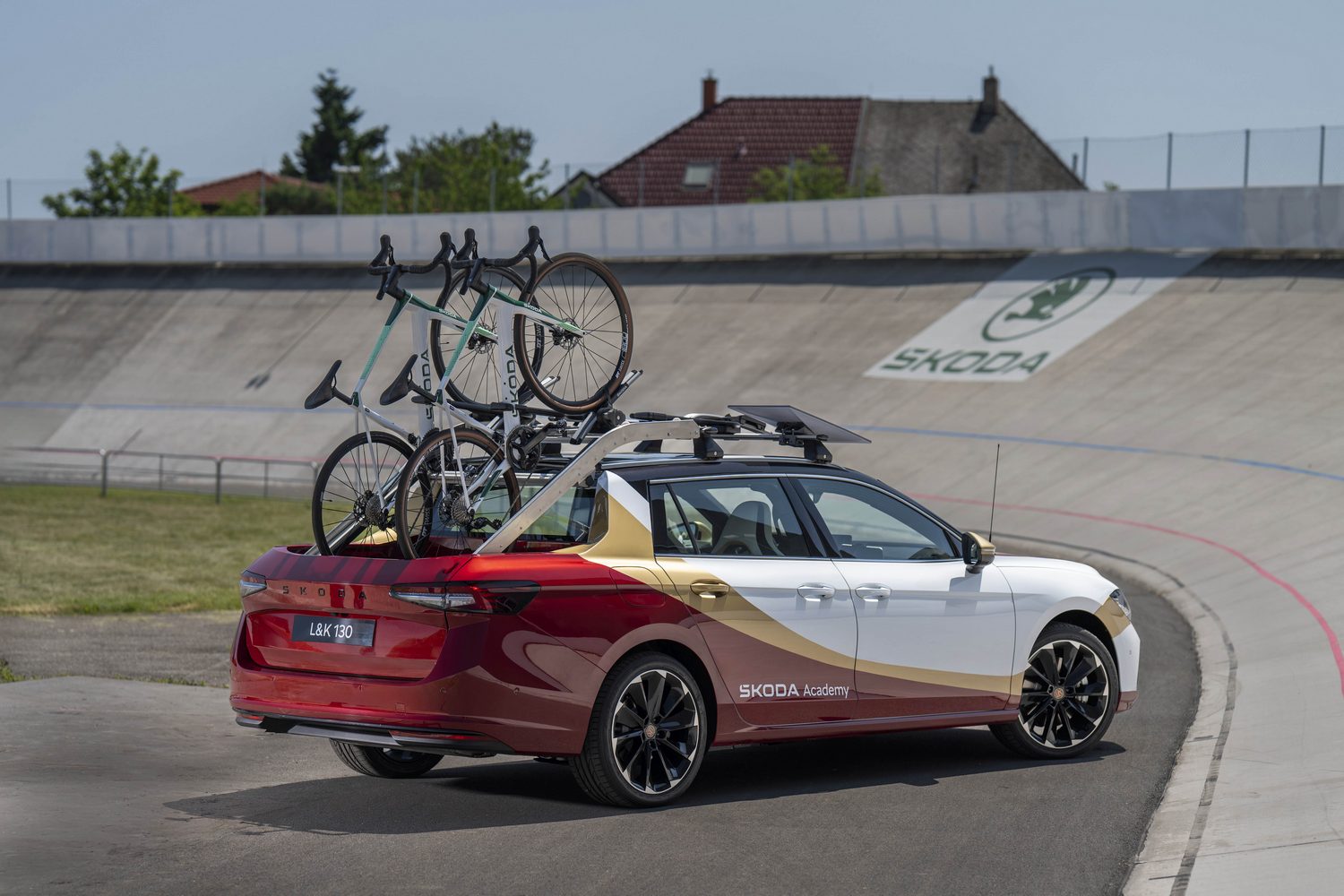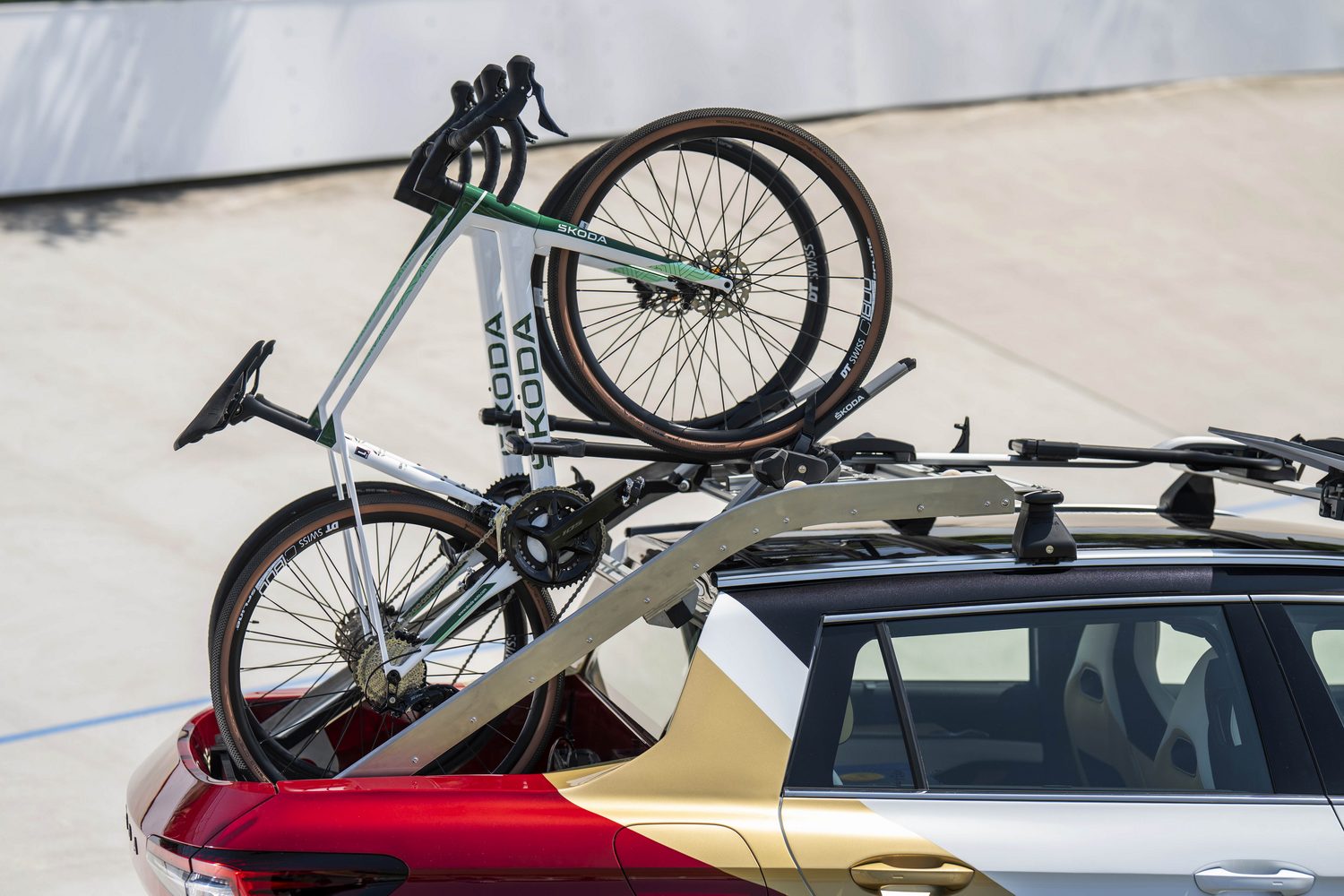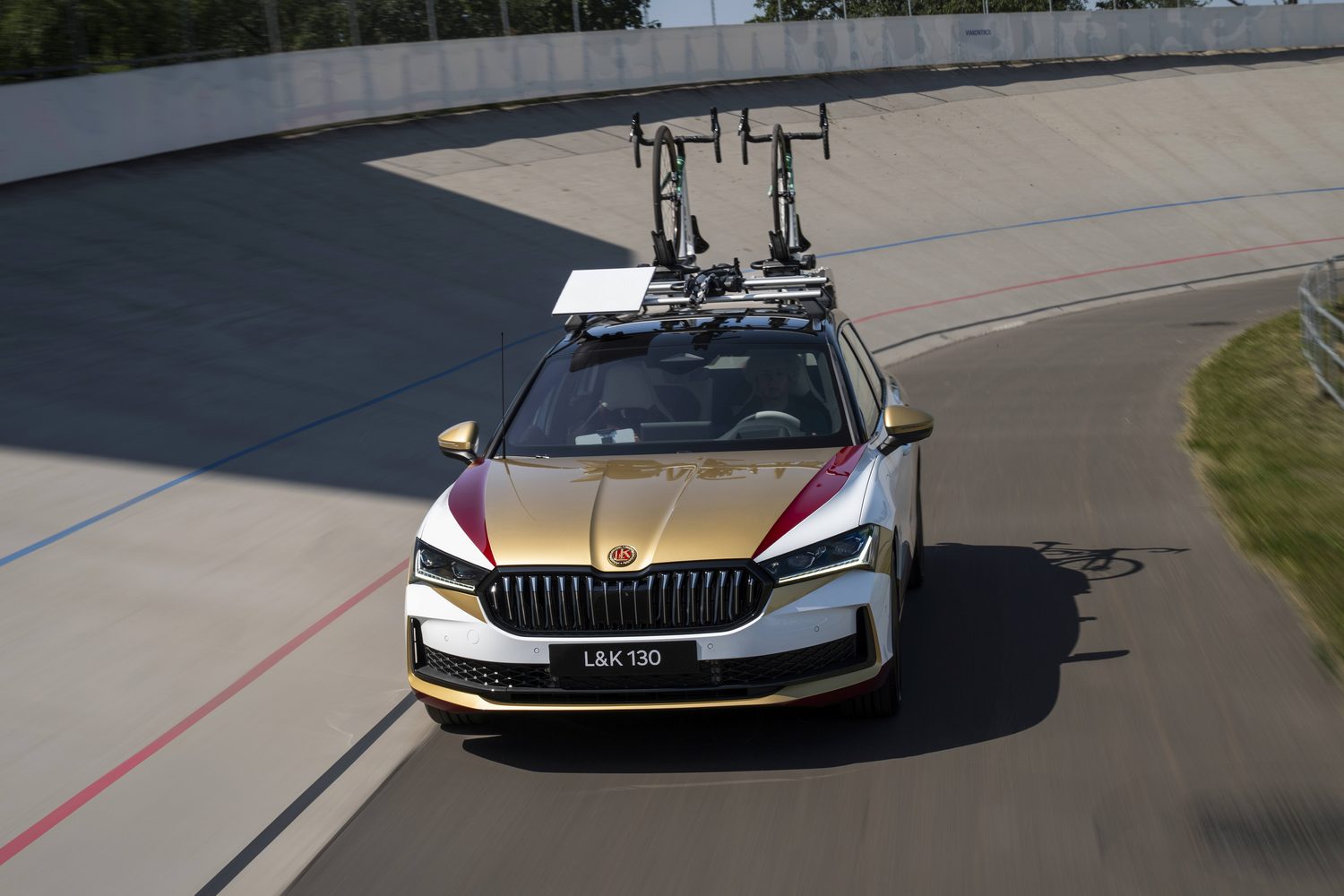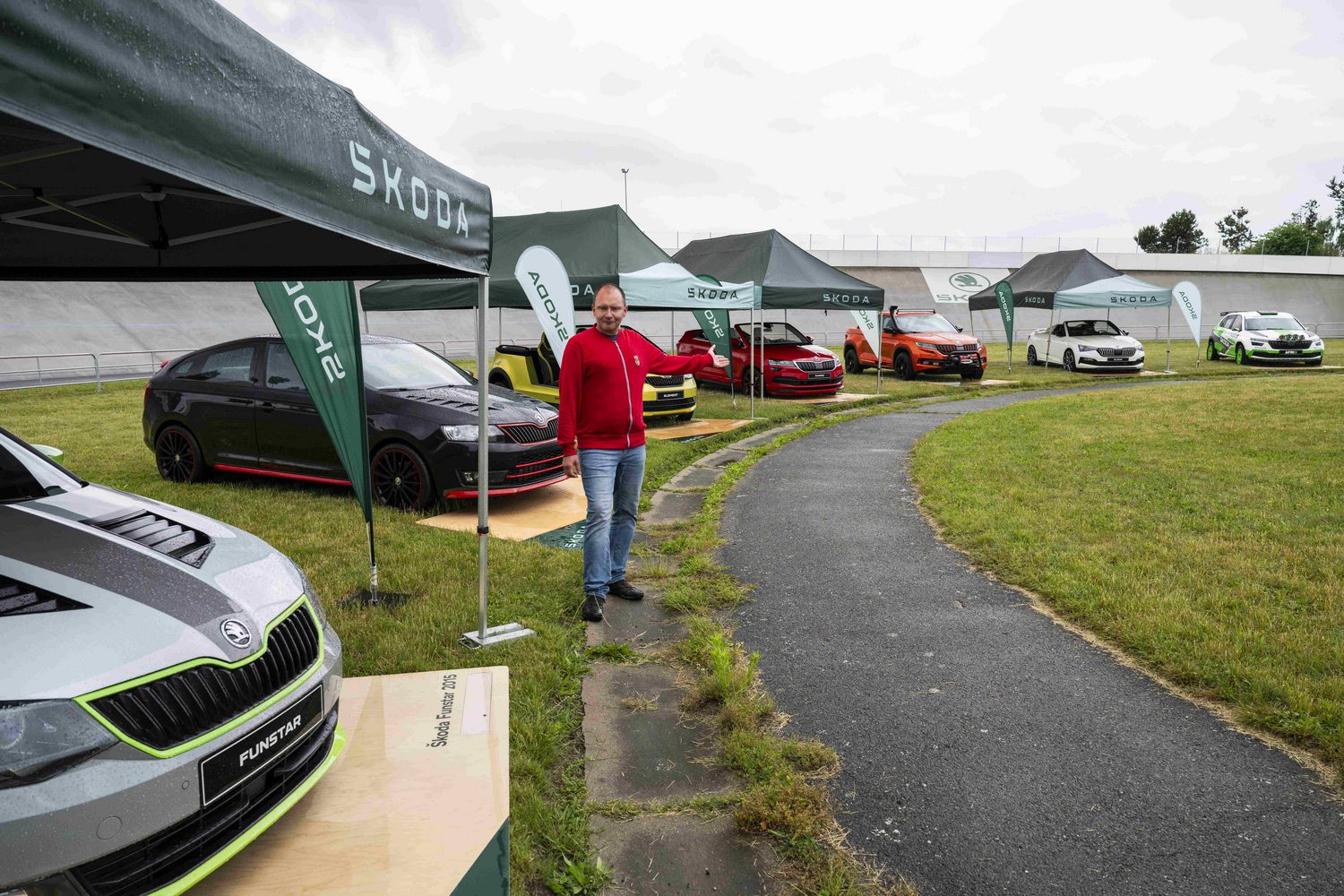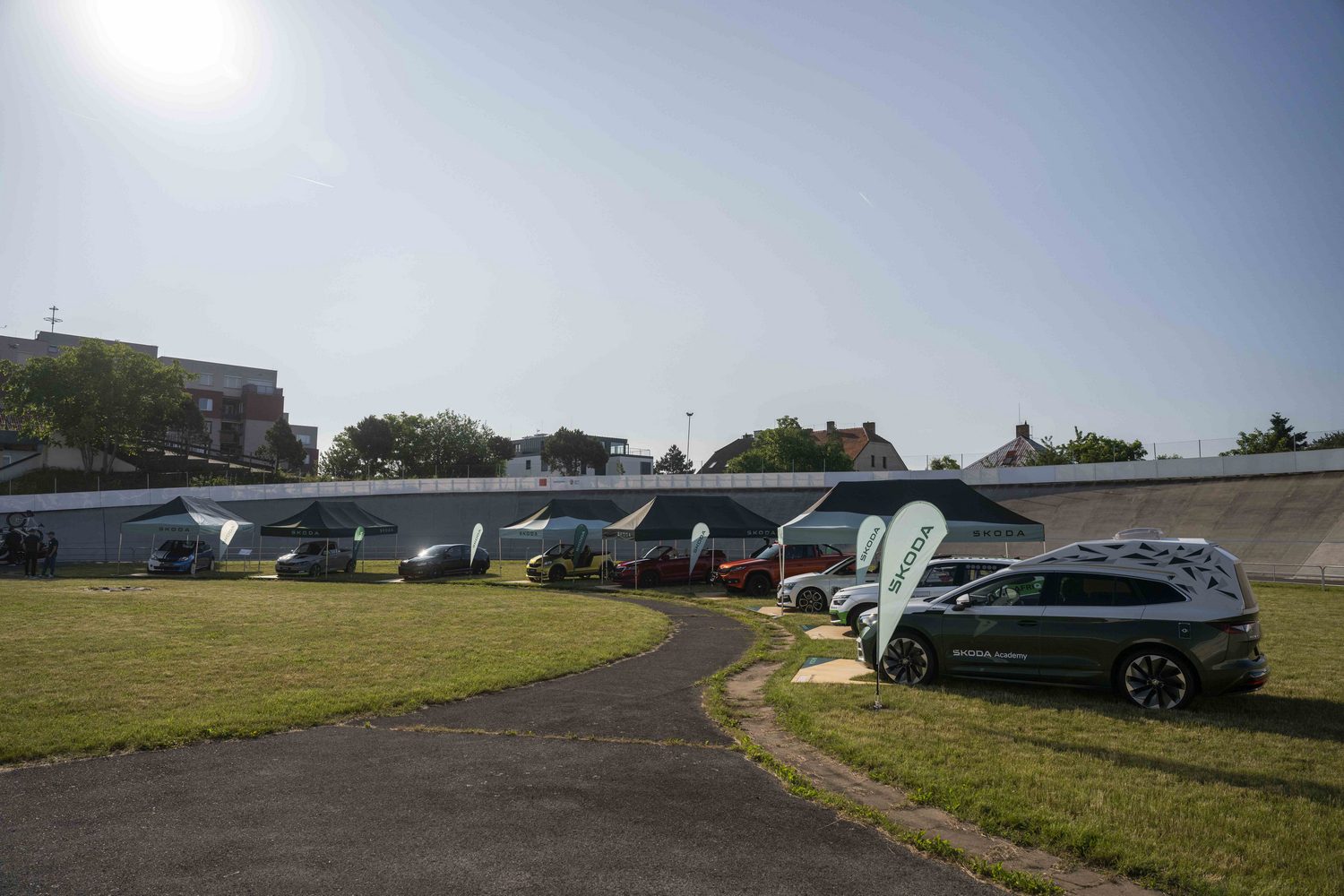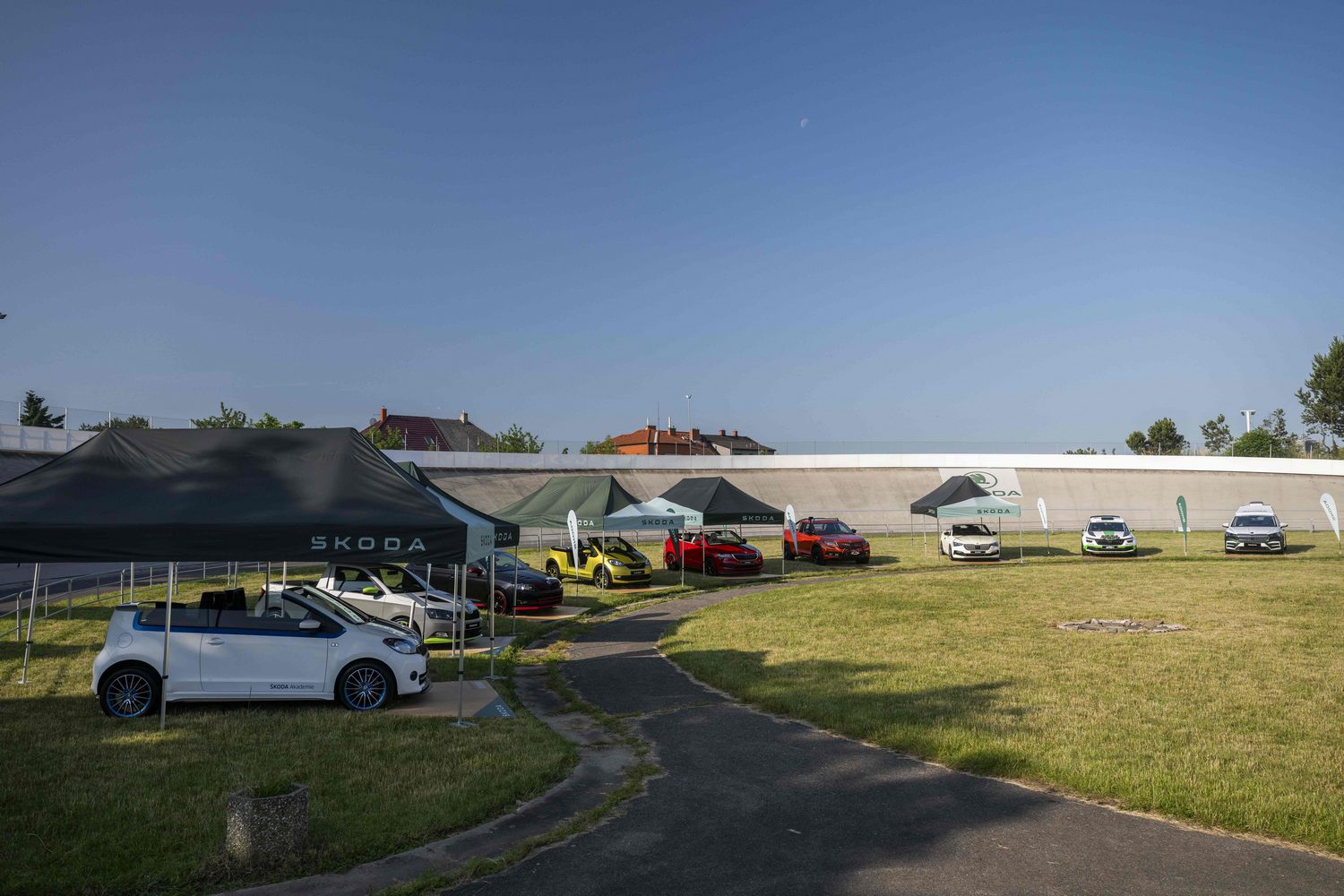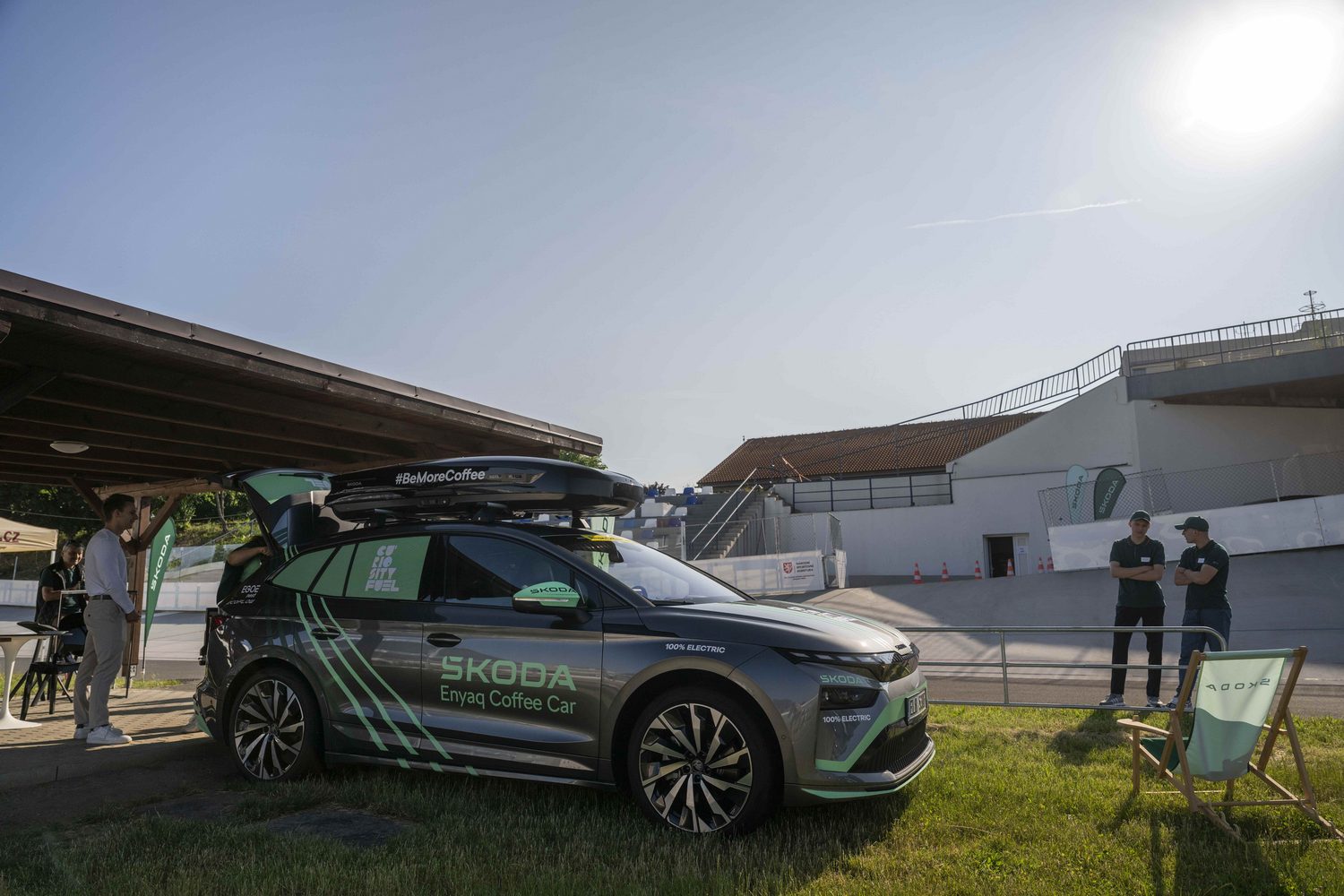Skoda's association with cycling is a long and deep-rooted one. Before the company's founders - Vaclav Laurin and Vaclav Klement - built their first car, they used to make bicycles, believing they could do better than the German producers.
Even then, in the 1890s, their bikes bore a striking resemblance to those still used today. The wheels were both the same size; the frames were much the same shape as on today's road bikes; and the back wheel was driven by a chain. Admittedly, there was no derailleur, there was only one gear ratio and there were no brakes, but still, the stars of today wouldn't find the old bikes too alien.
For years, now, some of those stars have been riding for Skoda-sponsored teams, competing in prestigious races including the Vuelta a Espana and the Tour de France. It's a tradition that seems to run deep in Skoda's veins.
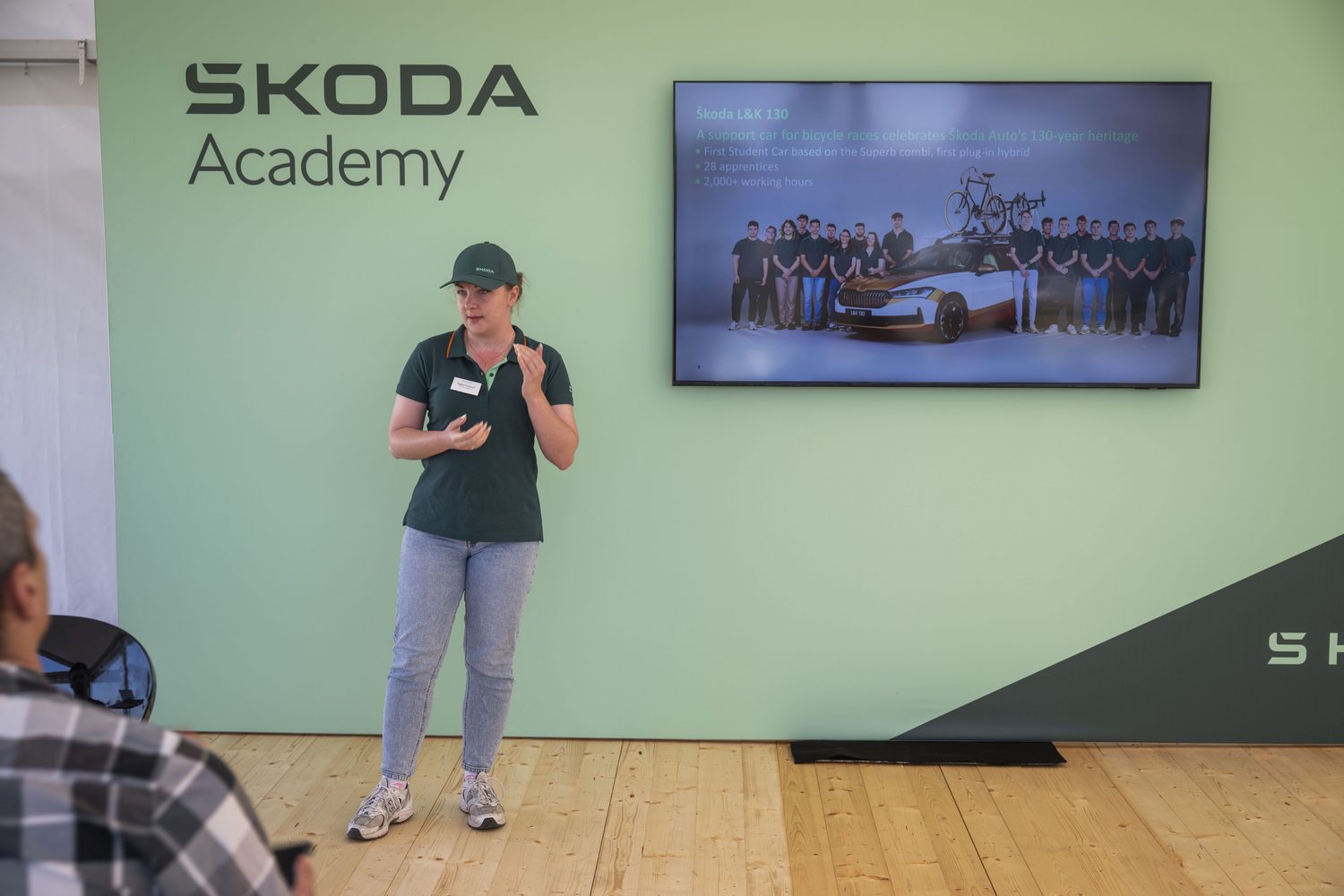
Skoda Academy nearly 100 years old
As does the company's vocational school, known as the Skoda Academy. Designed to provide an apprenticeship for young engineers, the school has operated for almost a century, inspiring and training the next generation to build the Skodas of tomorrow.
It's a scheme that has unquestionably borne fruit for the brand based in Mlada Boleslav, about an hour outside Prague. The company reckons around 80 per cent of the students in the academy go straight into full-time employment at Skoda when their apprenticeship ends, and a sizeable proportion of those who head elsewhere - either to universities or other companies - return at some point. The people in the academy now are the people who will design, develop and build your car in years to come.
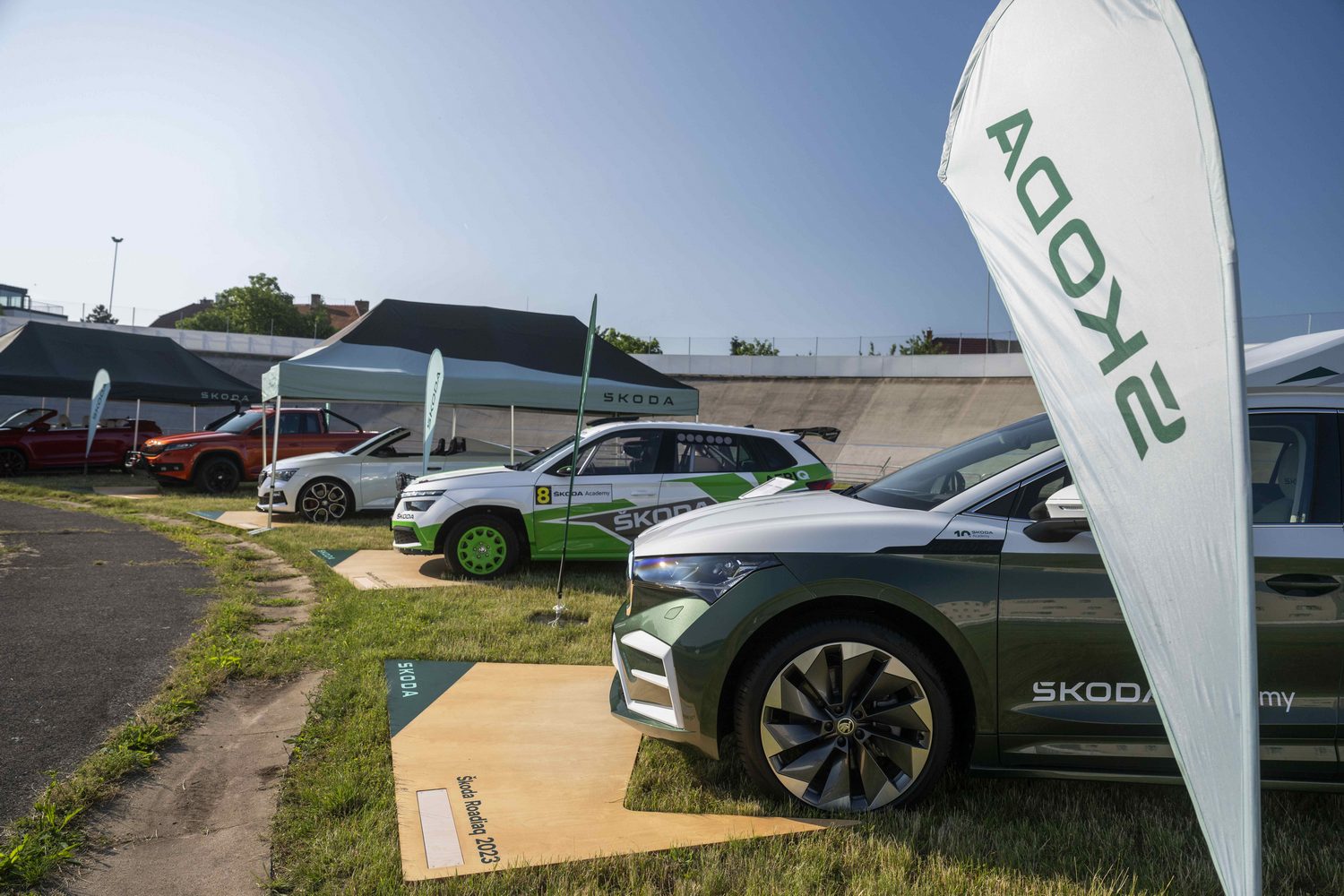
The 'Azubi' project
But Skoda, keen for its students to start as they mean to go on, has already built a number of cars at the Academy. As part of the 'Azubi' project, the brand has its students produce their own one-off concept vehicles, effectively allowing them freedom to build what they want, the way they want to.
And don't go thinking these cars are just clay models that barely move. No, they're fully functional prototypes, and though there's often a lack of polish to the cars, that's usually because they simply don't get the development time, effort or resources that a production car would receive.
Skoda Citijet was the first
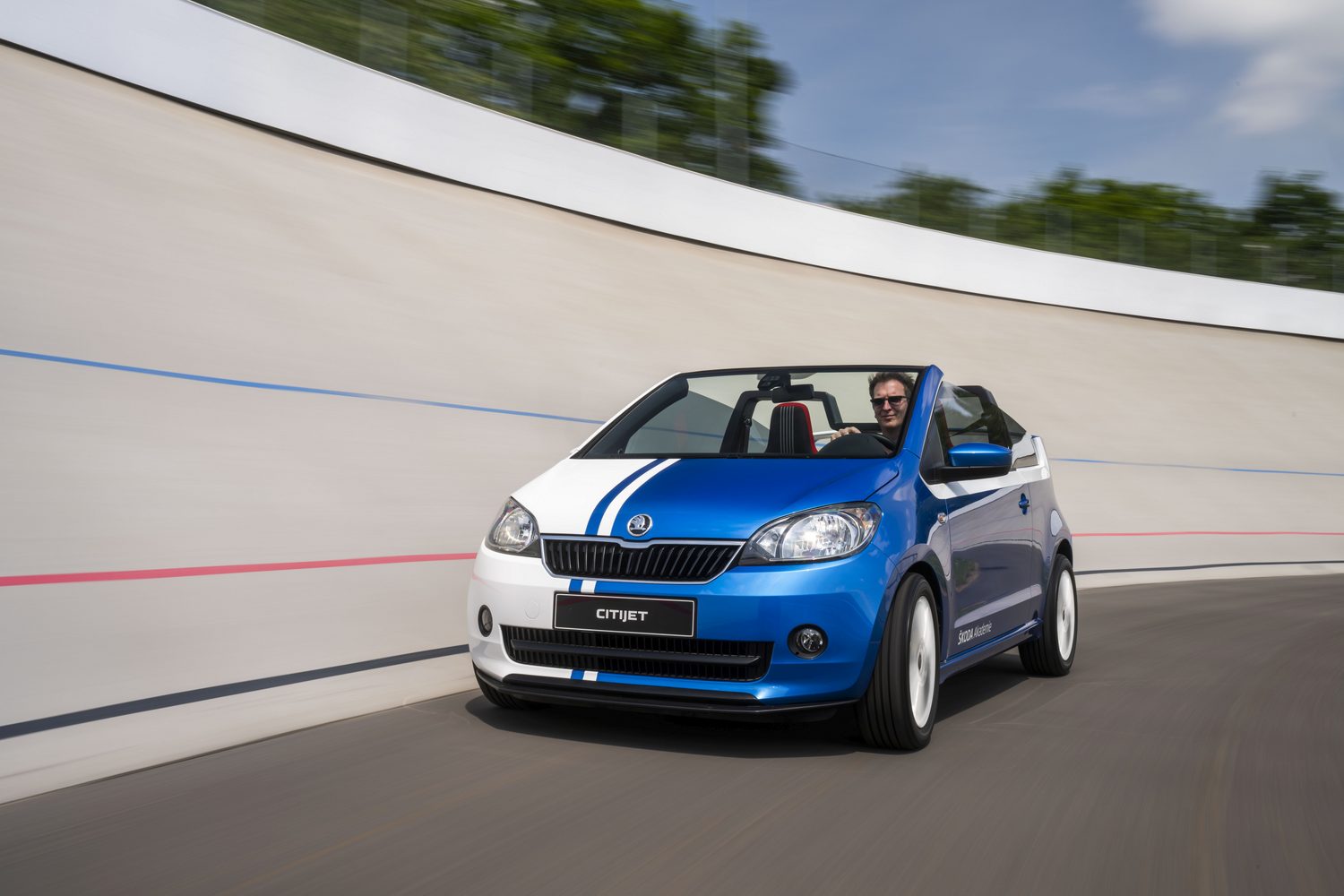
The first, dubbed the Citijet, was unveiled in 2014, and it was essentially an open-roofed Skoda Citigo with a loud exhaust and an even louder sound system, as well as a two-tone blue-and-white paint job. It was slow, noisy and impractical, but it was cool.
Since then, various different Azubi concepts have been displayed, including the Roadiaq - an Enyaq camper - and the Element - an all-electric, doorless, roofless Citigo beach buggy. Even more madcap was the Afriq, which turned the Kamiq SUV into an impressive all-wheel-drive rally car.
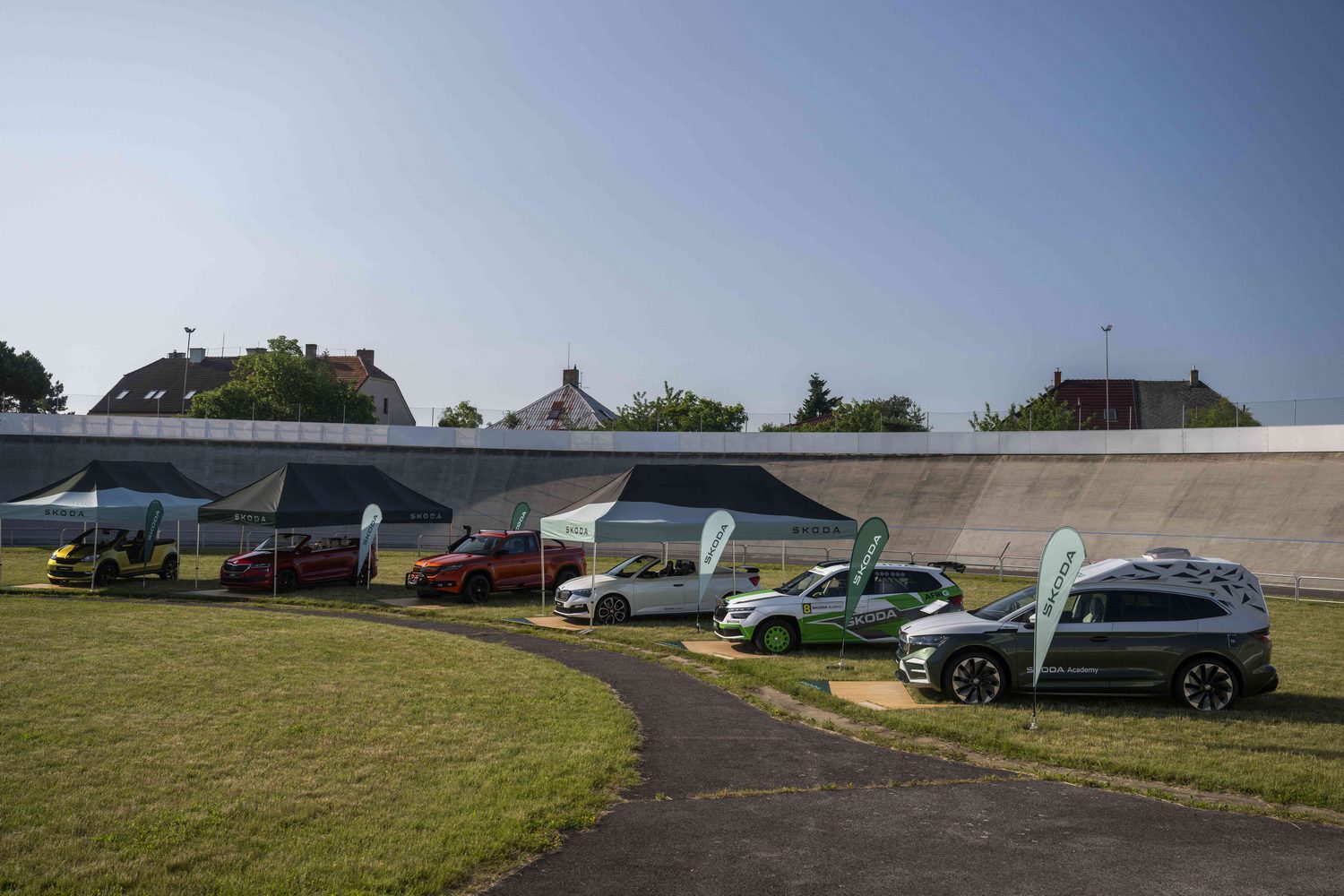
Returning to Skoda's roots
This year's car, however, returns to Skoda's roots in the world of two-wheeled transport. Dubbed the L&K 130, the tenth car in the Azubi scheme is based on the Superb, and it's designed to provide support to cycling teams on long road races, such as the Tour de France or the Giro d'Italia.
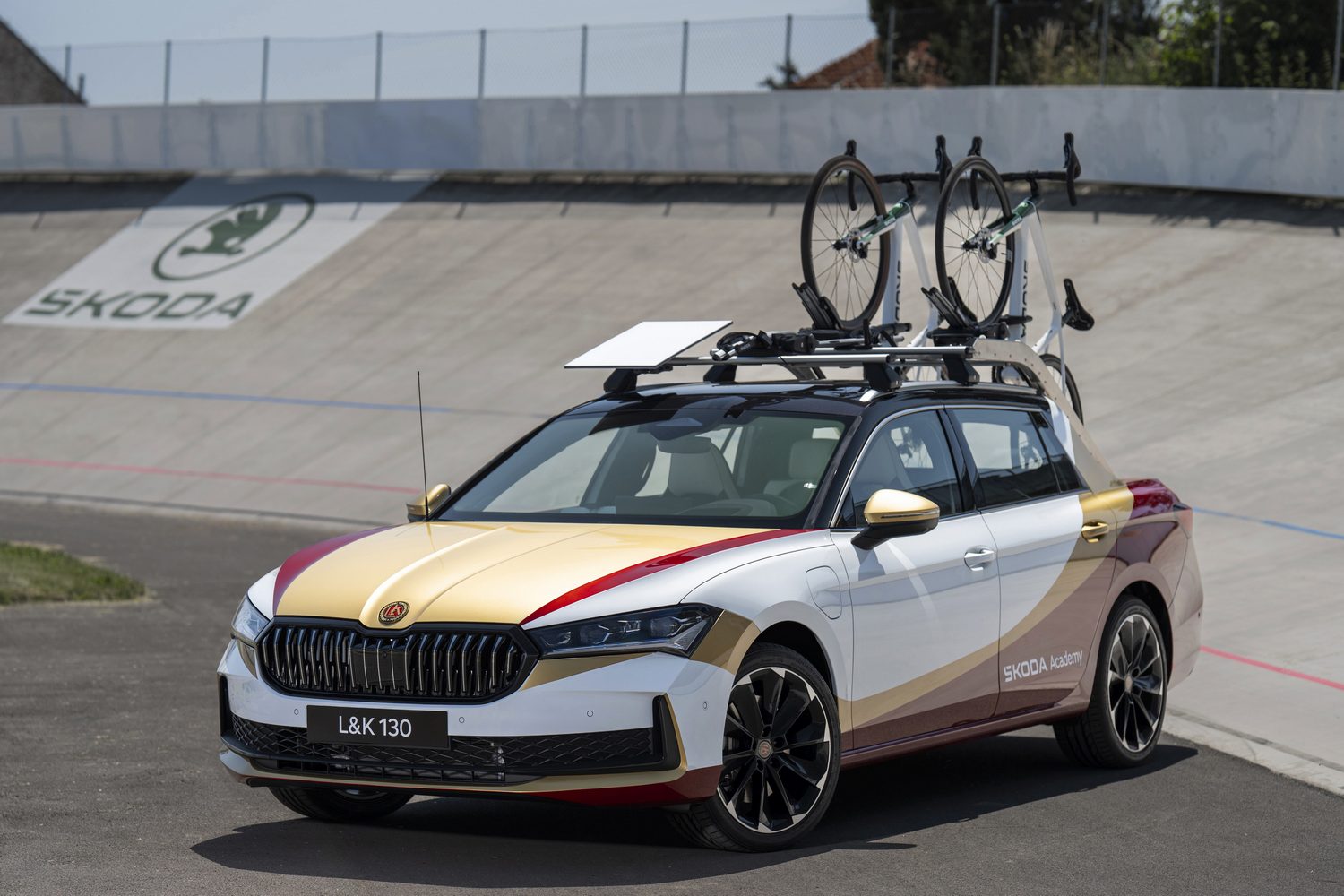
Originally, Skoda's apprentices were given two Superb Combi estates to work with: one to evaluate the concepts, and another to put them into practice. It's that second car you see in these images, fully kitted up to support a team of cyclists on a 100-or-more-kilometre stage.
And it really is ready for the job. The students enlisted the help of Skoda-sponsored cyclists and team members to find out exactly what would be required of the car, and Skoda is hoping the vehicle - or at least something inspired by it - might be cleared for use as a support car at the Tour de France.
Looks like a Skoda pickup
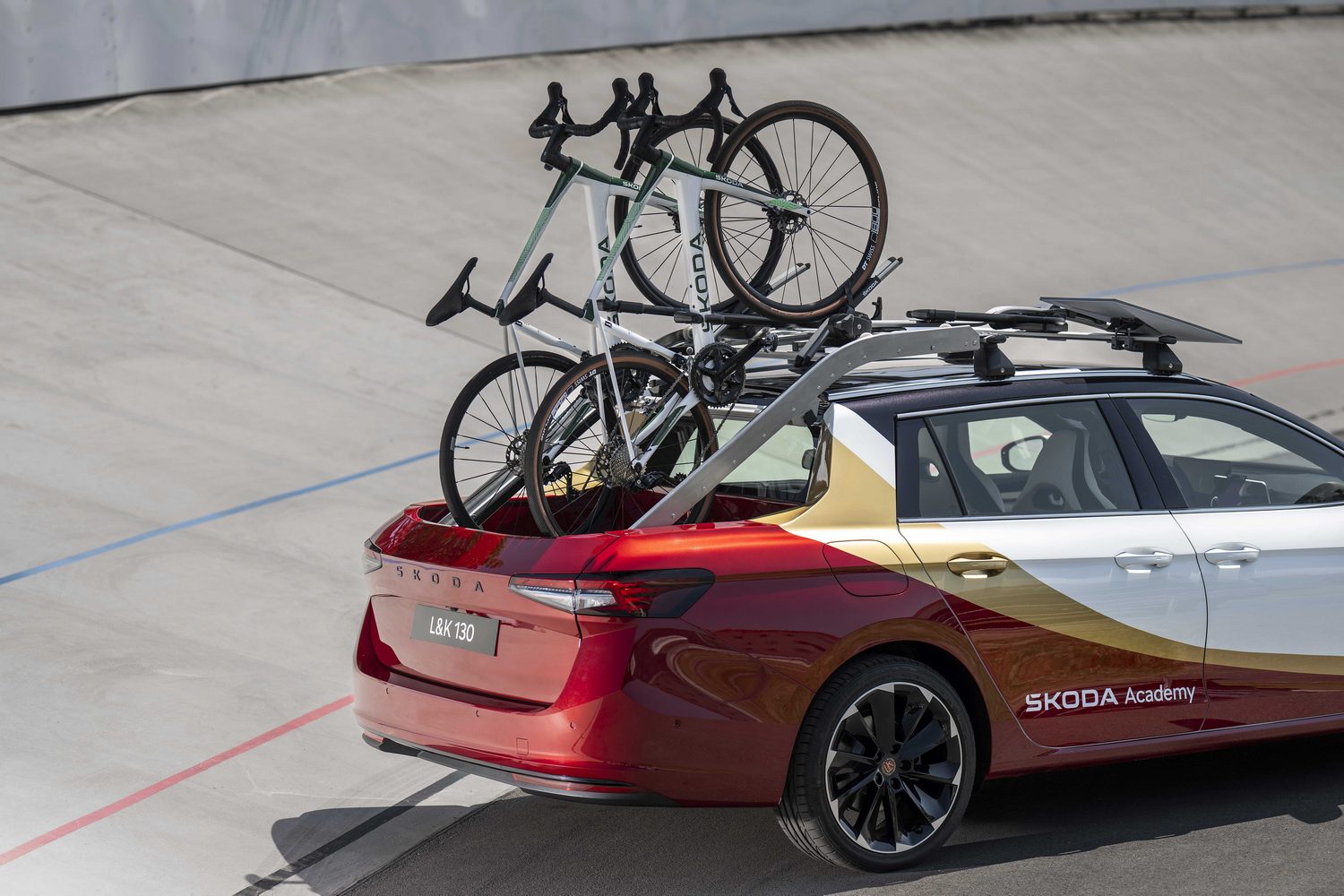
Chief among the modifications to the L&K 130 is the rear end, which has been cut away to create a kind of pickup-style load bed, sealed off from the cabin by a near-vertical window. Although the window looks a bit odd, it's a neat bit of metalwork, but that's nothing in comparison to the bike rack it holds.
Integrated with the tailgate panel, the rack stores the competitors' spare bikes in a kind of inclined position, with their front wheels on the roof and the rear wheels in the 80cm-long load bed.
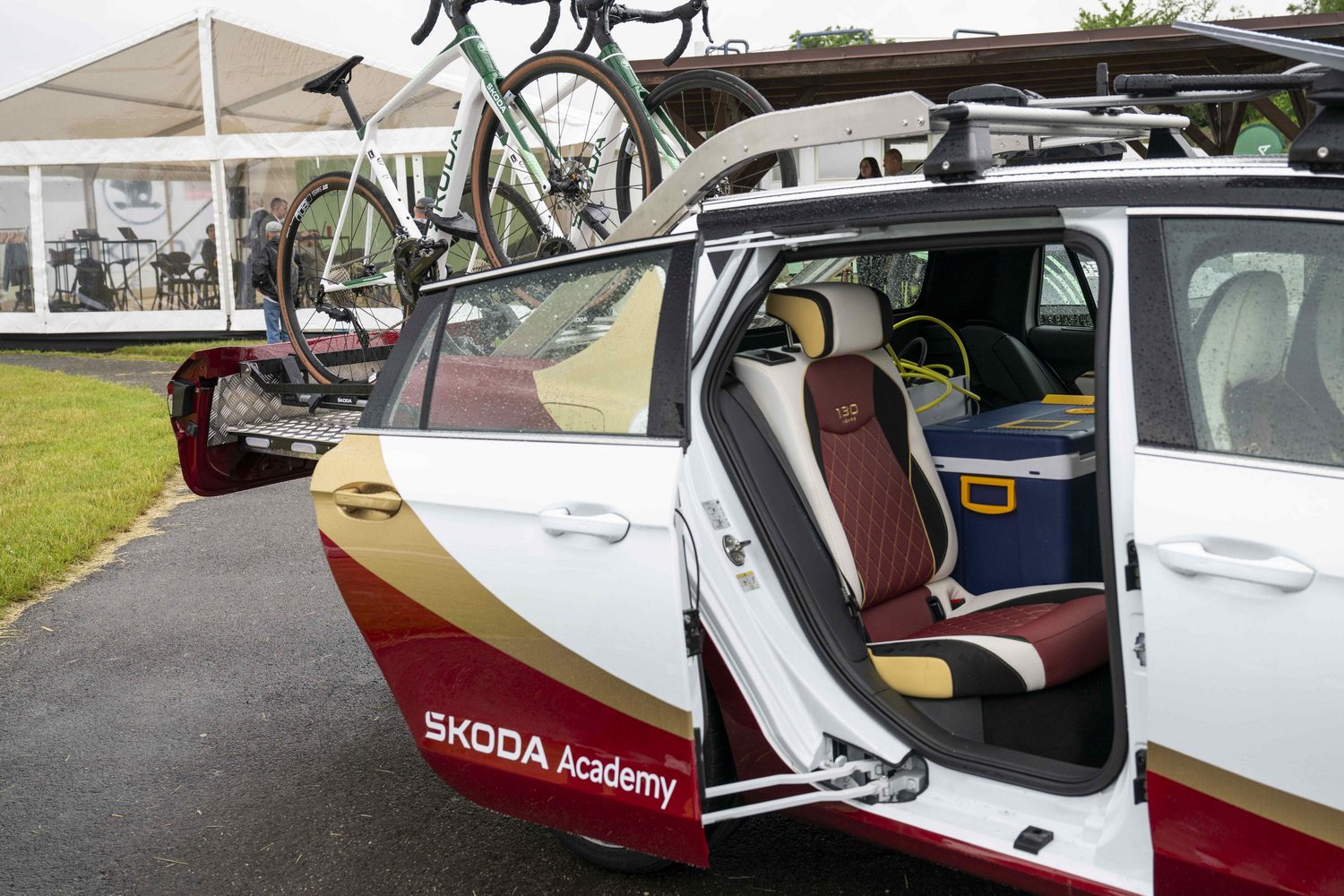
But at the touch of a button in the centre console, the tailgate slides backwards, stretching the load bed to 190cm and bringing the bikes down with it, putting them in a horizontal position that makes them more accessible than they would be on the roof of the car. And while the movement is remarkable, the metalwork used to turn an ordinary roof-mounted bike rack into this bespoke piece of machinery is also highly impressive.
Sliding side door too
The students have made a similar modification for the passenger-side rear door, which now 'slides' open, rather than being hinged at the front. The idea is that it won't knock an unsuspecting cyclist from their saddle when the door is opened, even if it's done alongside a bustling peloton.
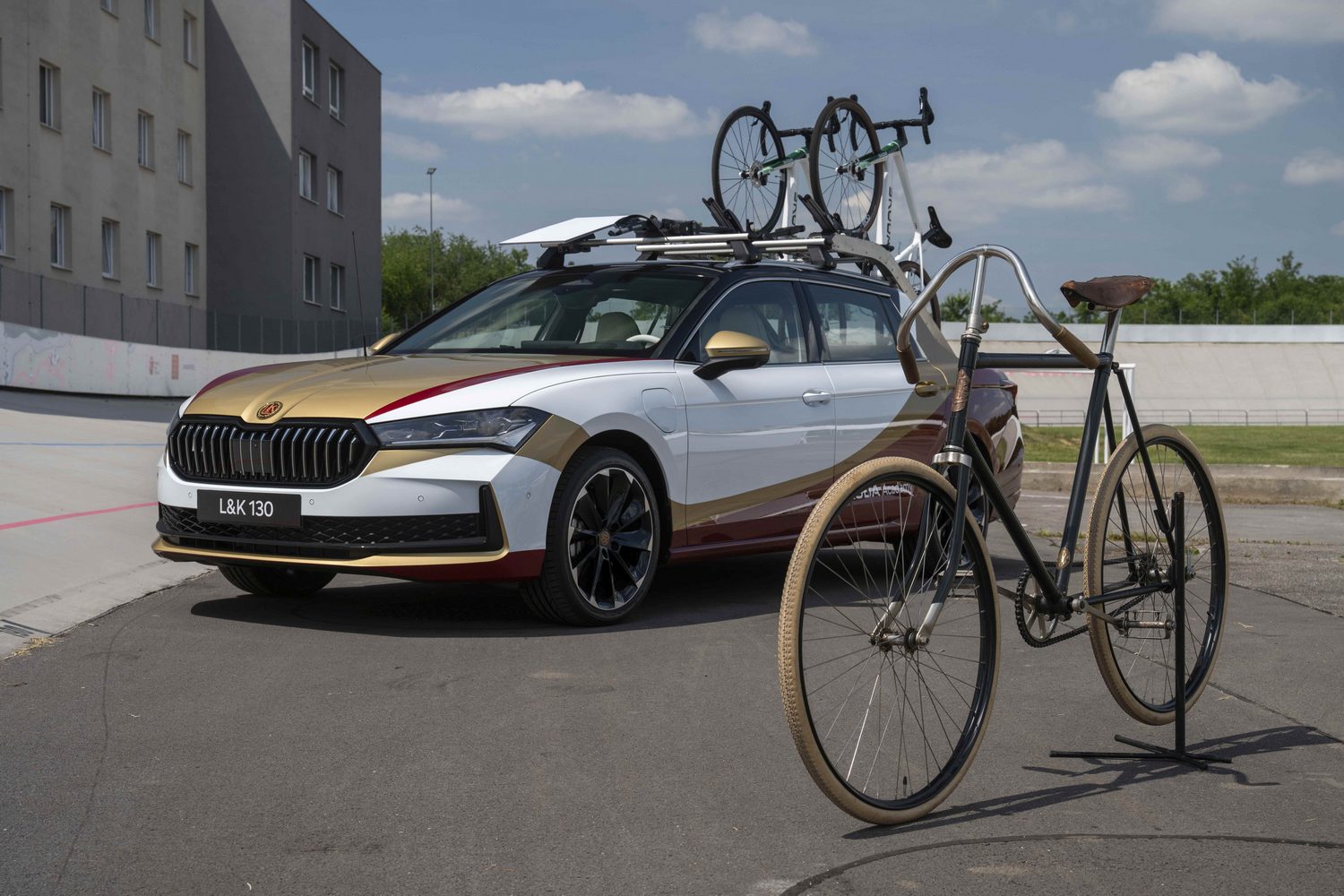
Look closely and you'll see the double handles on that door, which doesn't actually slide at all, but has a kind of double-hinge arrangement that allows it to be moved aside like a broken gate in a farmer's field. Apparently, the students initially tried using a rail system taken from a Volkswagen Caddy, but it didn't work. The solution they produced feels flimsy, but it works neatly enough.
Practical solutions and a retro colour scheme
There are other, smaller modifications, too, such as the off-the-shelf bike rack on the roof, providing space for even more spare bikes (apparently riders can get through a few over the course of a race), and a lighting system behind the grille for added visibility and recognition. There's a Starlink receiver on the roof, too, providing connectivity for the crew members in the vehicle.
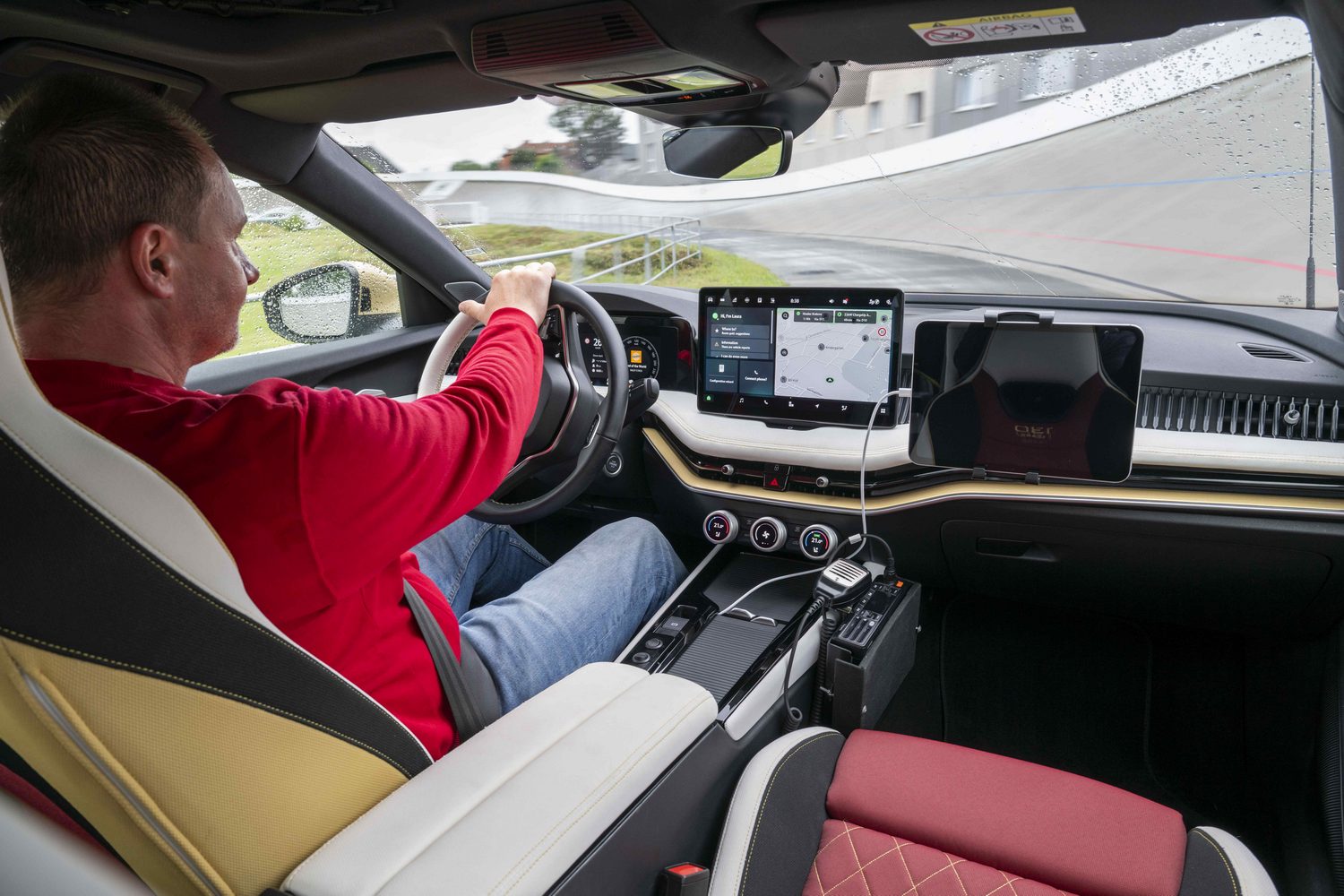
Elsewhere, the modifications feel even more professional, with an impressive four-tone paint job applied to the lightly altered bodywork. Naturally, any L&K 130 (or derivative thereof) used in competition would almost certainly be adorned with a cycling team's colours, but this car gets Skoda's own paint job, with white, black, red and gold colours paying homage to the original logo, which appears on the bonnet and the black alloy wheels.
And don't go thinking it's all some elaborate wrap or a set of cheap decals. This is a proper paint job, designed to break up the modified lines.
That colour scheme is repeated in the cabin, where the students have retrimmed the seats from a more upmarket Sportline model with red, white and black upholstery, all set off with gold embroidery.
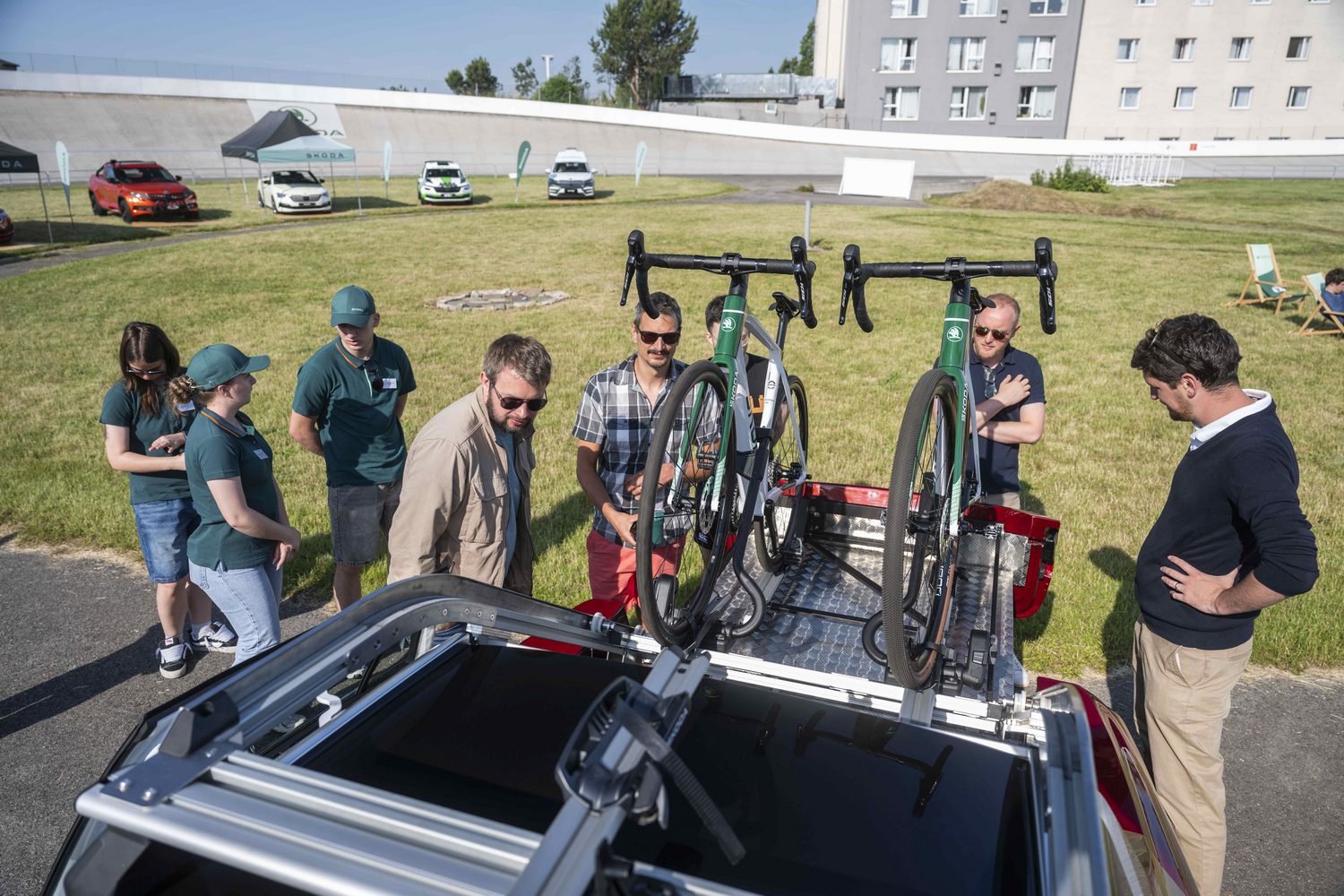
The old L&K logo appears on the steering wheel, too, and the black dashboard is livened up with red, white and gold panels and trim. It sounds like a bit of a mess when you write it down, but it actually looks cohesive and cool, if a bit overwhelming in places.
And the colour scheme is far from the only change. On the passenger side, Skoda has mounted a tablet to help the car's crew keep an eye on race progress and to aid communications, while there's a radio bolted to the centre console to provide direct communication with teammates. On the ceiling, meanwhile, there's a cargo net to try and ameliorate the loss of boot space.
In the back, the rear bench has largely been removed, leaving just one seat accessed via the sliding rear door. On the other side, where the door opens conventionally - despite being the side that would normally open into the road - there's a massive, refrigerated storage box, where cold drinks, nutrition and other items can be temperature controlled.
From behind the wheel
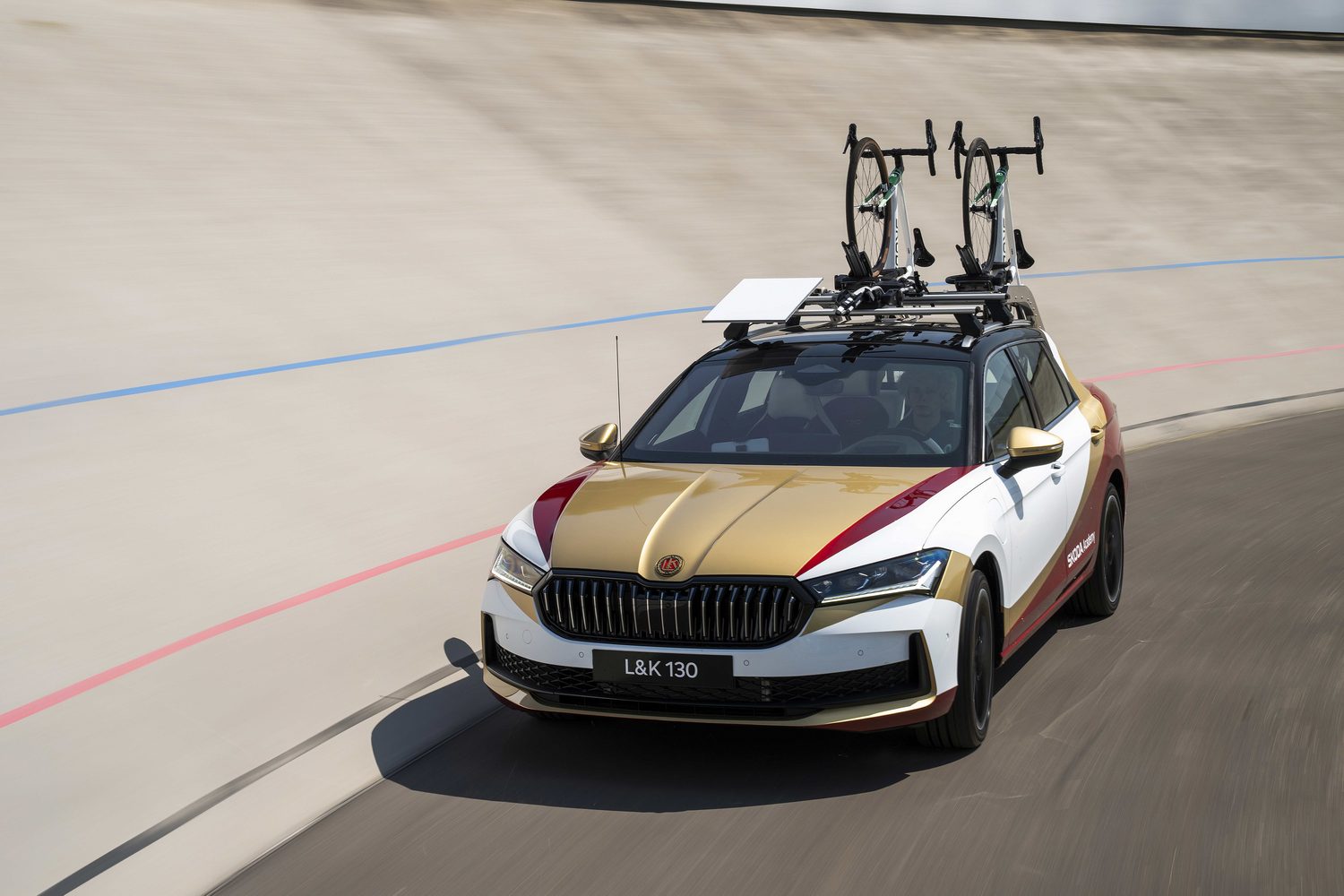
Yet for all that, the view out and the driving experience are largely very conventional. Sure, rear visibility isn't what it once was, and there's a distinct sense that the car's a bit tail-heavy, what with all that mechanical wizardry at the rear.
But the completely standard 1.5-litre, 204hp plug-in hybrid system has more than enough punch to feel perky, and it shouldn't have any trouble keeping up with or catching a peloton. It'll be comfortable enough for team members to spend a few hours inside, too.
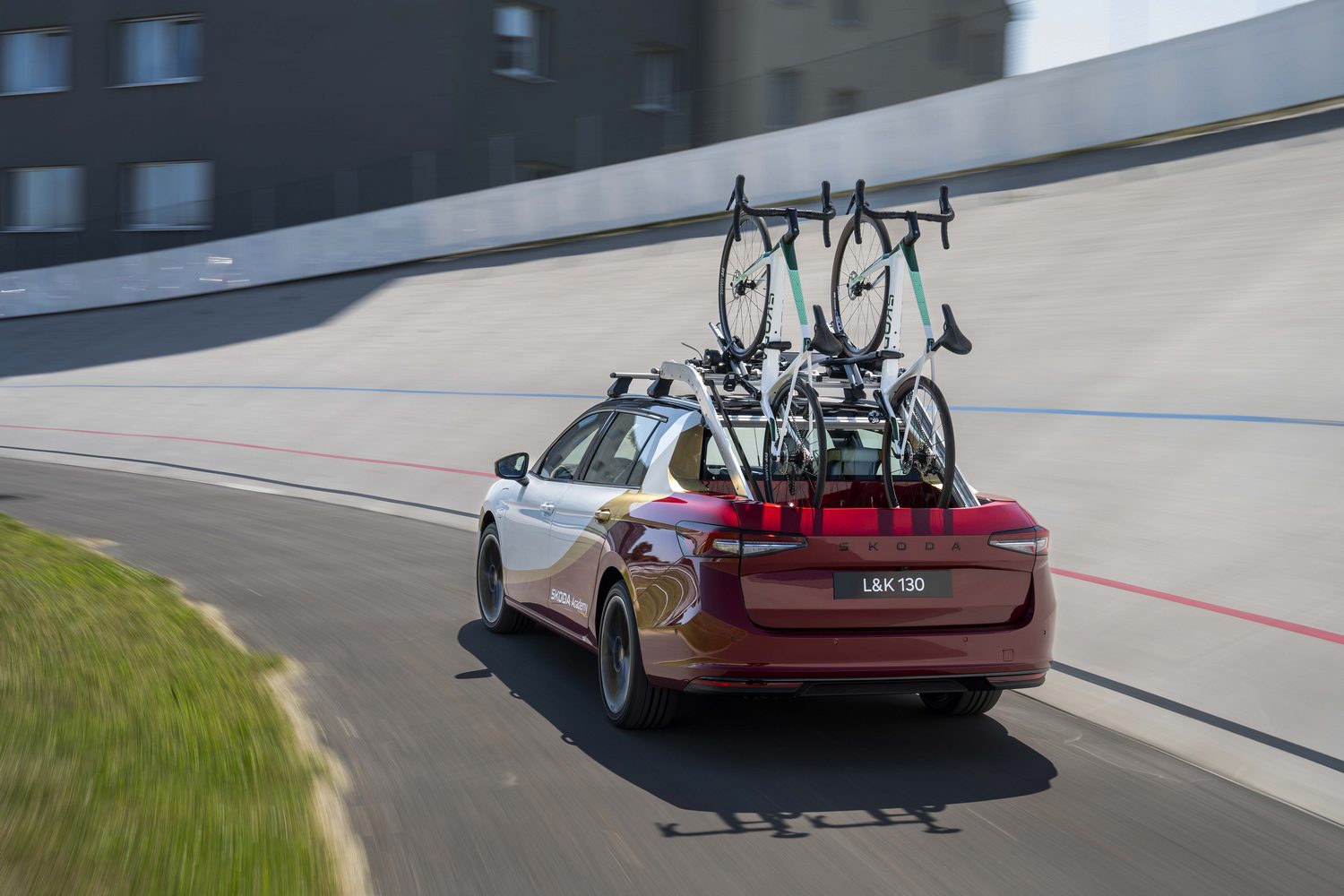
All of which makes the L&K 130 one of the more impressive and more useful of Skoda's Azubi cars, if not necessarily the most imaginative.
Sure, the Citijet or the Afriq might perform a little better in terms of kerb appeal, but the L&K 130 isn't that far from being ready to race, and for a tiny team of students to produce something that practical within a matter of months is testament to their talents and their work ethic.
We can't wait to see what happens when they start developing production cars.

